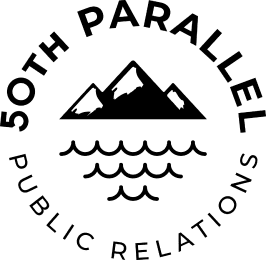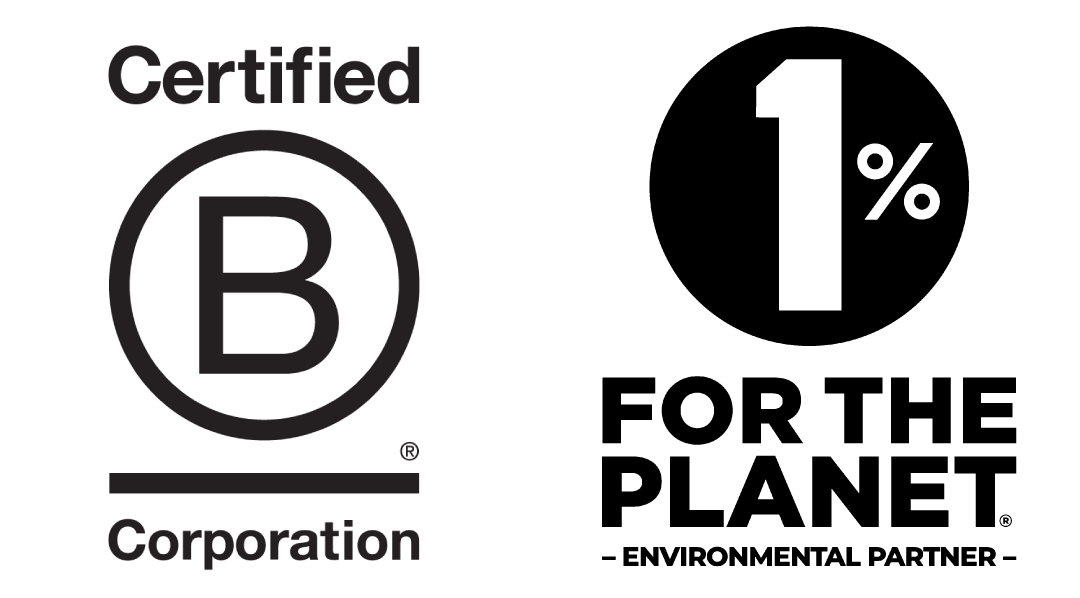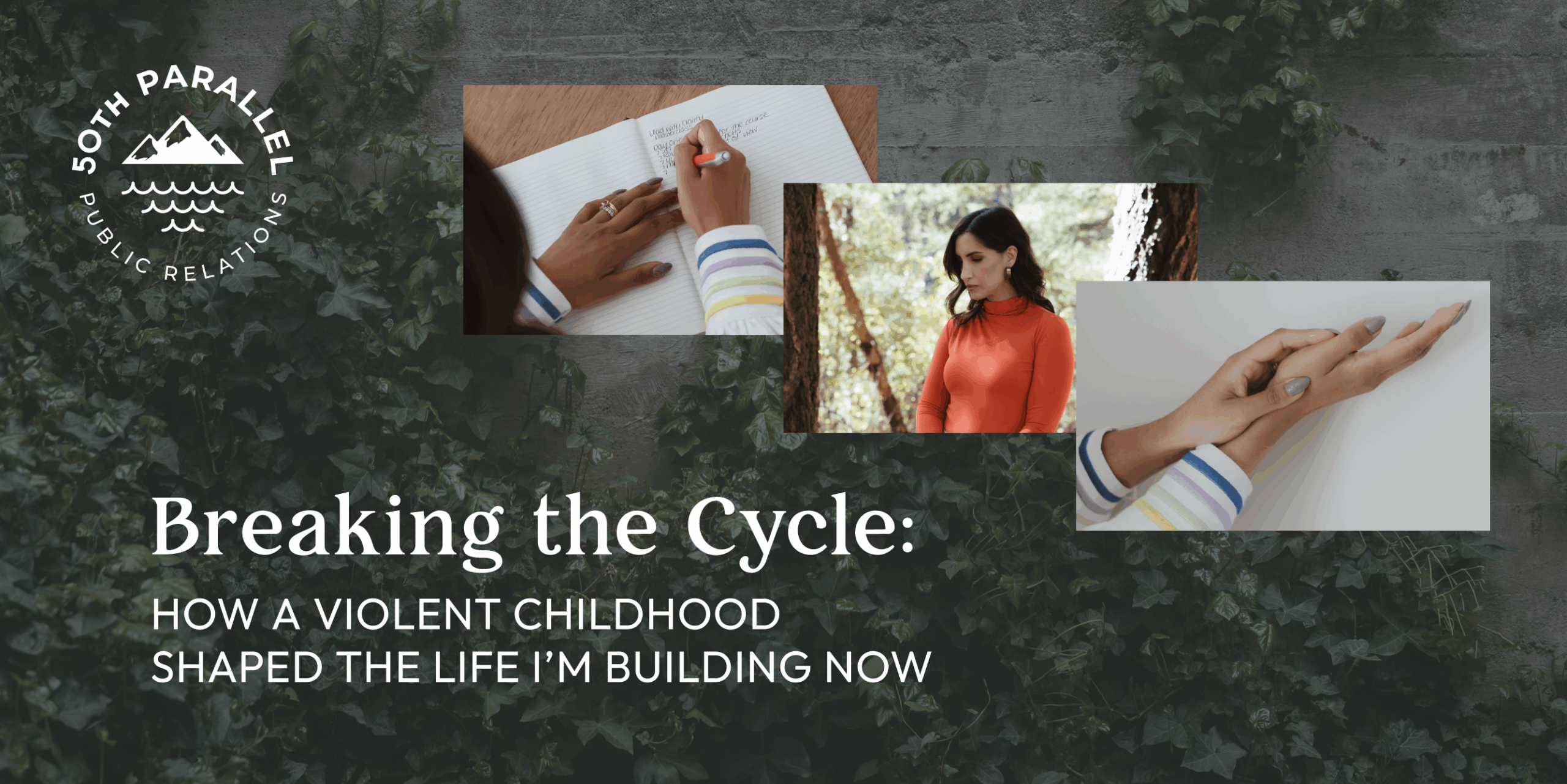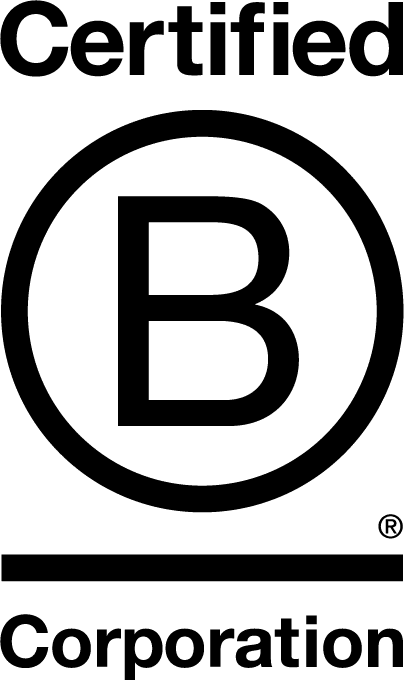Please note this piece mentions childhood abuse and physical and emotional violence.
Last week, I travelled to New York City to be named to PR Net’s Marcomms’ Most Influential list. On paper, it was a career milestone, but in my body, it was something else, too. Growing up with trauma hardwires your brain to minimize joy — to treat the good things like they’re temporary. I could feel that reflex in me, telling me to move on quickly, not make a big deal, not take up space. So, when I arrived in NYC, I did something different. I slowed down, and I let myself reflect. I let myself feel proud.
In New York, I felt a kind of belonging that I didn’t know I needed. I spent most of my life feeling like an outsider, trying to blend in for safety. But there, in a city that holds so many stories and identities at once, I felt seen. The award wasn’t just a moment of recognition. It was a reminder that the girl who grew up in chaos built a life bigger than she ever dreamed.
That experience also clarified something I’ve been living for years — I don’t want to lead in pieces. I want to lead as a whole person.
November 25 is the International Day for the Elimination of Violence against Women and Girls. On this day, we talk about ending violence against women and girls. For me, that conversation is deeply personal and a reminder of a traumatic past and a healing journey I’m finally ready to speak to.

I was born into violence. My home was not a safe space. Yelling, the shattering of glass and constantly walking on eggshells were part of my everyday life. My mother, an immigrant to Canada, was erratic, unpredictable, deeply troubled and physically abusive toward me and my siblings. I grew up always feeling like I was doing something wrong. Delayed reading — my fault. Spilled milk — my fault. My parents’ broken marriage — my fault.
The way my mother coped with feeling out of control in her life was to enforce a strict control environment that kept me in a state of doubt. I struggled with the confusion of loving a parent who was also a source of pain and harm. At a young age, I learned how to become perfect to stay safe. I learned to blend in, hide my true self, hyper-achieve, disassociate and become the good kid to avoid my mother’s physical blows and sharp words. I carried shame that I didn’t realize until adulthood wasn’t mine to hold.
My early experiences of violence shaped my beliefs about love, safety and worth. I became hyper-independent and fought fiercely for my autonomy. The echoes of my abuse showed up in my adult life as people-pleasing, over-responsibility and staying silent to keep the peace. I continued to feel like an outsider, working hard to blend into whatever environment I found myself in, because pretending felt safer than showing up as my true self. In my 20s, I stayed in a relationship with my family because I didn’t have the language for what happened to me. I didn’t have the words to call it abuse.
Becoming my son’s mother — as hard as it is being a working mom — has been the most healing experience of my life. Seeing myself through his eyes affirms that I am not my mother, not even close, and holds me accountable to all the limitless dreams I have for myself and my family. It has been an absolute gift to be his mom on this healing journey. It has also brought something into focus — healing isn’t only about surviving what happened. It’s about choosing, again and again, what happens next. Breaking the cycle isn’t one big moment. It’s a series of small, daily choices to live, lead and take action.
There was a time I couldn’t imagine a life that felt steady. I built my world from the ground up with very little support from the people who likely should have been the safest to rely on. Leaving a home shaped by violence and control required years of figuring out who I actually was underneath the fear. It meant learning to trust my voice and to name what I needed. To believe that I was worthy of more than keeping the peace at my own expense.


That personal work is the foundation of my leadership today — in my family, in my friendships and in my business.
Conscious PR for me isn’t a niche add-on. It’s a practice of non-violence and how we practice business at 50th Parallel PR. And whole-person leadership is how I consider my approach to thought leadership now: it’s the belief that authentic conscious leadership doesn’t begin and end at your desk. It comes from your whole self — your values, your lived experience, your culture, your boundaries, your mistakes, your healing, your limitless dreams. It’s not about being perfectly polished. It’s about being grounded in purpose and aligned in how you live, work, speak and show up.
Thank you, The PR Net, for acknowledging that ethical, culturally responsive practices can co-exist with creative and operational excellence. Human-focused, culturally-centred communications are our now, and our future.
And on November 25, as we name and work to end violence against women and girls, I hold close the truth that none of us are defined by what we survived. We are allowed to lead from our whole selves and to build lives that never look like the homes that hurt us.







